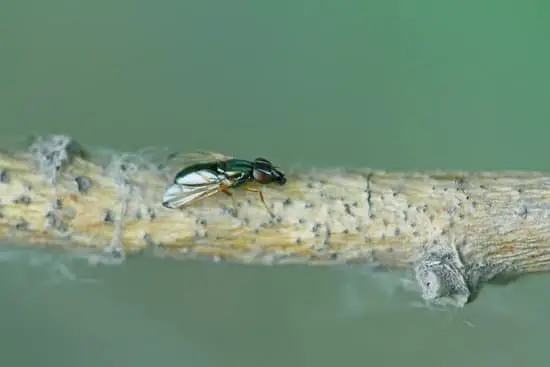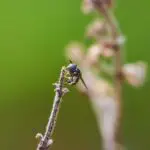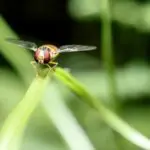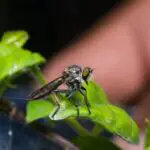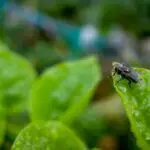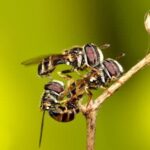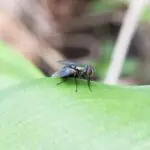How Are Flies Attracted to Food?
Food can be a powerful magnet for flies. Fruit flies love the sweet, fruity smell of watermelon, and they can also be drawn to bread and yeast. Even in garbage, fruit flies can be found. This can lead to a serious flies infestation.
Fortunately, there are ways to keep flies away from your food, such as using fly strips. You may also want to get rid of rotting food matter that flies will feed on. Flies will lay their eggs on crumbs, dirty dishes, and floor areas. Even tiny crumbs can attract flies – they’re often invisible to the naked eye but can be enough for a fly to take for lunch.
Researchers have discovered that the brain of flies has two olfactory receptors that are related to odor perception. These receptors are located in the antennal lobe. When these receptors are stimulated by food odor, flies’ appetites for sucrose increase threefold.
Researchers have identified a few pheromones that flies use to attract one another. These scents are species-specific and different between males and females. Flies’ larvae also benefit from predigested food, which makes digestion more efficient. Predigested food is particularly appealing for flies whose larvae need food for growth.
Fruit flies are an unpleasant pest and can be a major issue throughout the year. However, they’re more prevalent during the late summer and fall months. These insects thrive near food sources, including garbage and rotting produce. Fruit flies can also contaminate food with bacteria and disease-causing organisms.
